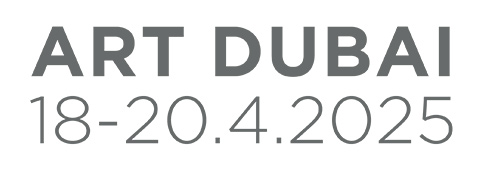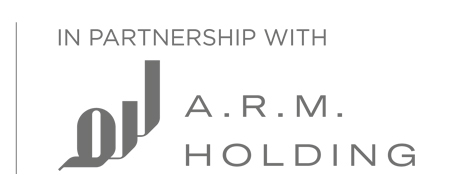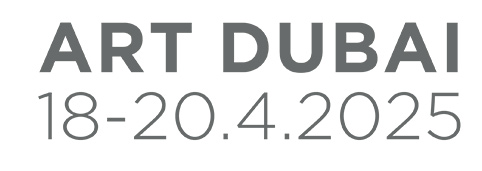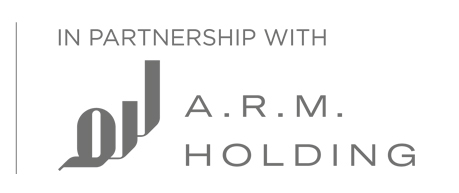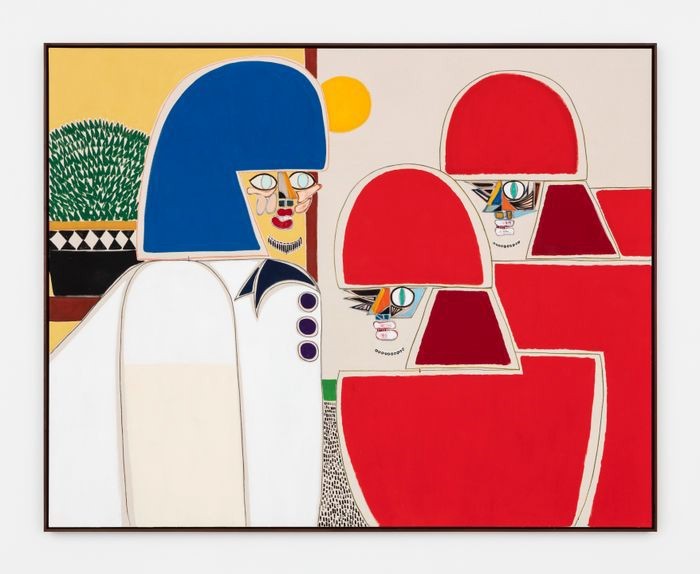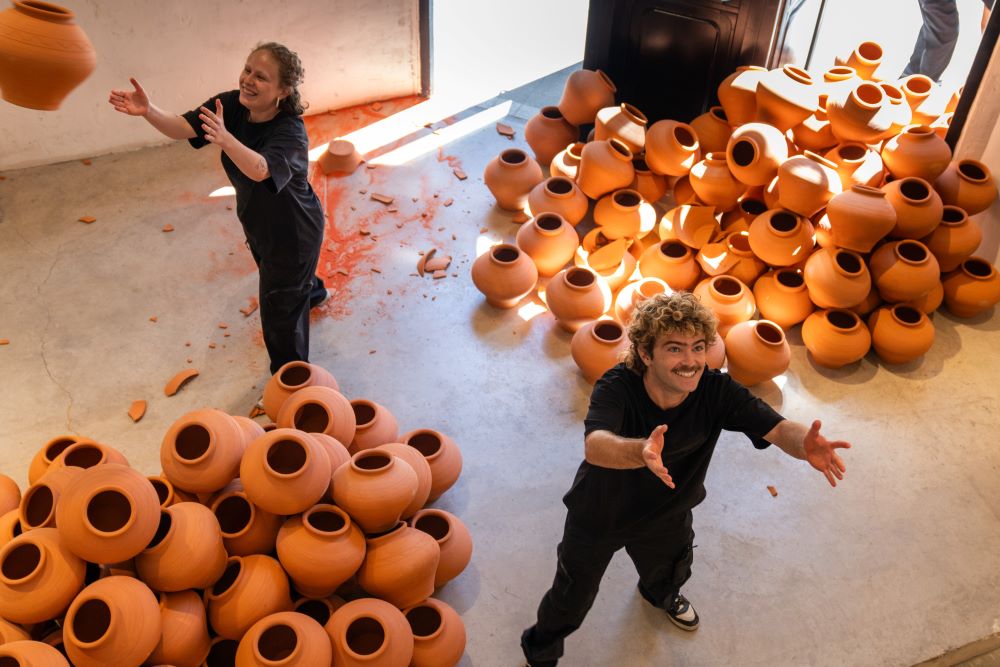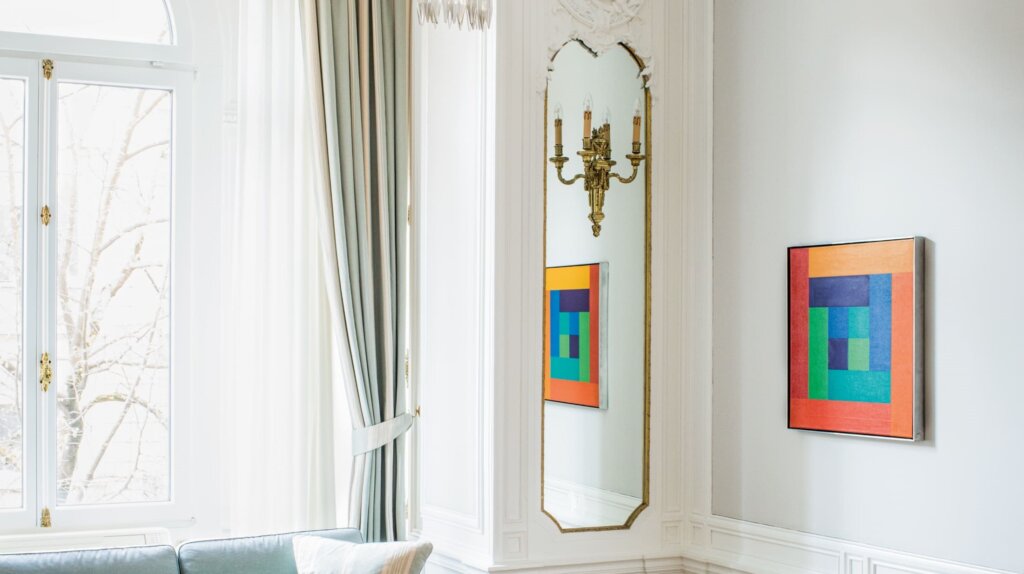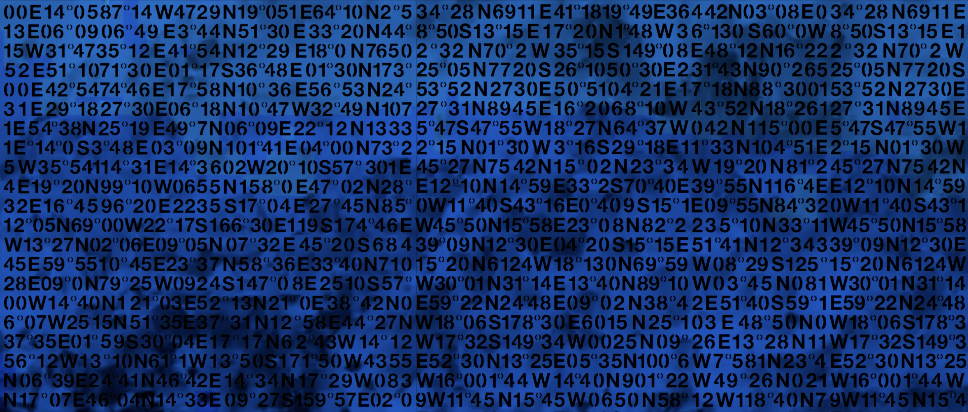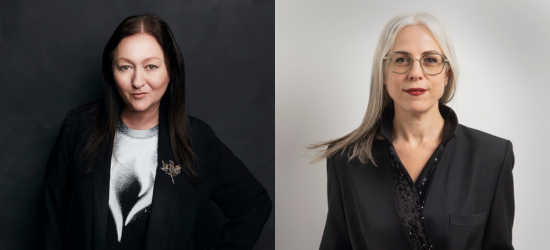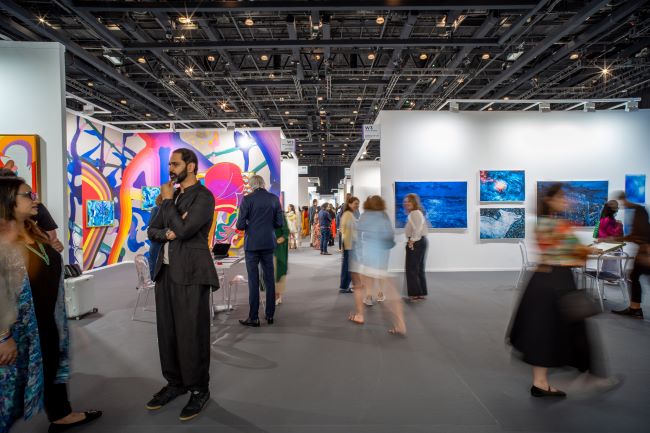‘I Am Not a Robot’- the theme for the 12th edition of The Global Art Forum- focuses on power, paranoia, and the potentials of automation. Ahead of the transdisciplinary summit, the Art Dubai blog explores the implications of automation, through the words and thoughts of some of this year’s contributors.
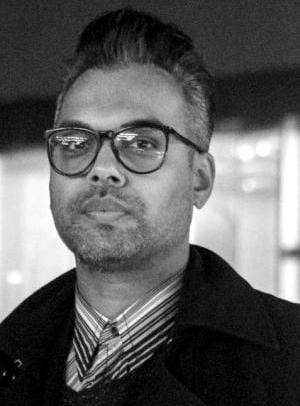
Shumon Basar is a writer, curator and cultural critic. He is Commissioner of the Global Art Forum in Dubai; Editor-at-large of Tank magazine; Contributing Editor at Bidoun magazine; Director of the Format programme at the AA School; and a member of Fondazione Prada’s Thought Council.
His most recent book, co-authored with Douglas Coupland and Hans Ulrich Obrist, is “The Age of Earthquakes: A Guide to the Extreme Present.” @shumonbasar
1. What aspects of the automated future excite you? What aspects worry or scare you?
Since the unintended consequences of technology dictate the future, I’m most fearful of what we can’t or won’t foresee. And yet, we have enough examples from history to remind us that every invention will also at some point be used against what it was intended for: cars and airplanes became bombs; the Internet is the main platform for the bullying of young people today, as well as the new frontier of warfare. Automation has been happening by us and to us since the Industrial Revolution, at least. Somehow we survived? Perhaps my biggest fear is the same fear I have in general: that these resources, which could and should be enjoyed by the many, will be instrumentalised by the privileged few. In this important sense, the problem of automation isn’t automation, but as ever, it’s us.
2. Google’s algorithms have started to deep dream, producing psychedelic images that Philip K. Dick would envy. How much longer have humans got on the monopoly of culture?
The best poetry of the last decade is email Spam: its language has a quality close to human, but also, jarringly askew. As such, it opens up a new kind of strange tenderness in language. We need to embrace these glitches. In the same way that Copernicus shifted Earth from the centre of the universe, we also need to shift our perception that we are at the centre of culture. As Trevor Paglen has pointed out, there are more images produced on a daily basis right now than in the history of humankind. And the vast majority of these images are made by machines for machines. And so, bring on the machine art critic, the machine curator. Let’s see if we really are as special as we think we are.
3. Robots today are capable of contributing to the economy as much- if not more- than their human counterparts. Should robots be given the same rights, and be held to the same societal obligations as we are?
This is where the philosophy and ethics get very interesting. The mission behind early automation – here, think of the machines that powered the textile mills in England in the 18th century – was to increase productivity and therefore profitability. Because we think of machines as non-sentient, we think it’s OK not to afford them rights, or compassion. In essence, it was the same logic that was also at the heart of slavery. We should know by now that anything is only as “good,” in the moral sense, as the goodness we impart upon it. I would, therefore, strongly advocate for thinking of a completely new compassion towards our automated brothers and sisters.
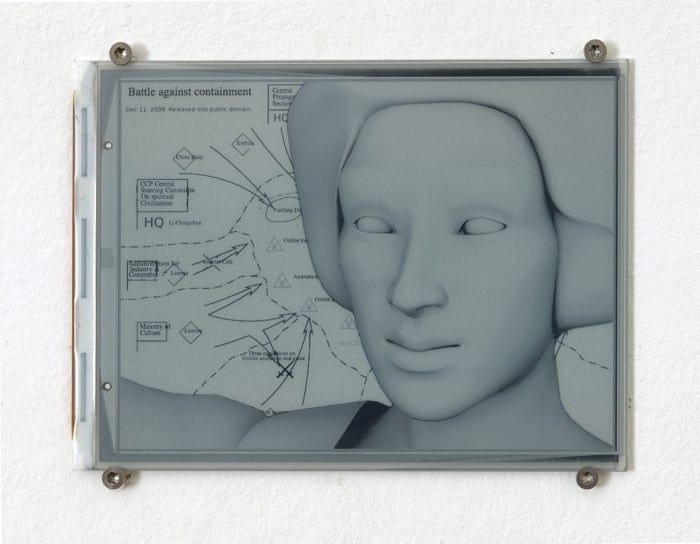
Yuri Pattison, ‘Battle Against Containment’, 2017.
4. What influence, if any, does automation have on the art world today?
The first stage was mechanical reproduction. Andy Warhol used to say, “I want to be a machine.” The new stage feels like it’s only just happening. One the one hand, artists are turning to automation as content in their work. Yuri Pattison and Cecile B Evans are just two brilliant names that come to mind. But I suspect that the more fundamental impact will be in the market. I heard that Silicon Valley employees prefer to buy paintings from Instagram accounts their friends have already bought from. They’d not be seen dead in a sterile white cube. And then there’s the question of how algorithmic trading might play a role in an art market, which has been fully incorporated into the global financial system.
5. Why are you not a robot?
If I was a robot, I’d have been programmed to tell you why I am not a robot. Like the replicant Rachael in the original Blade Runner movie. As far as I know, I’m not a robot? But, never say never?
